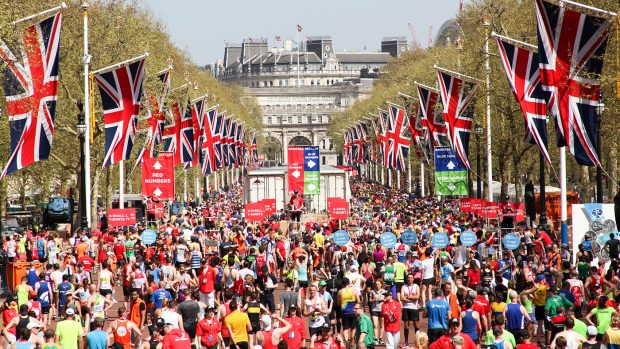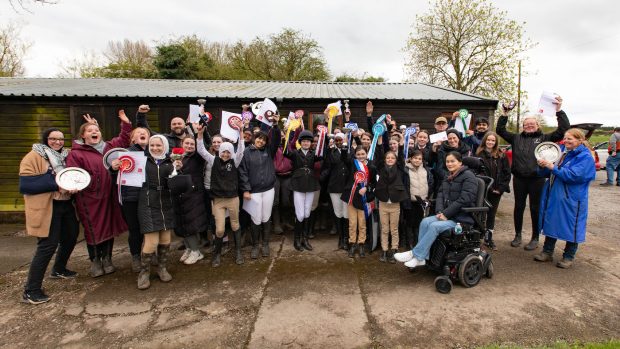DEFRA has launched a consultation exercise into the possible reclassification of “roads used as public paths” as “restricted byways”.
Alun Michael has announced the launch of a consultation paper explaining proposed changes to restricted byway provisions, following detailed scrutiny of current legislation and the needs of the public.
Research revealed that there has been confusion about roads used as public paths. Problems arose because the original legislation in 1949 did not make clear whether RUPPs were subject to vehicular rights or whether they were just for the use of walkers, people on horses and other non-motorised transport.
There was some recognition of this problem, and subsequent legislation in 1968 and 1981 sought to remedy it by asking local authorities to reclassify their RUUPs as either a bridleway, a footpath or a byway open to all traffic.
However, in the face of widespread refusal to reclassify, the Government has seen fit to introduce this new classification of path, on which cars and similar vehicles will not be permitted.
“Under the new classification of ‘restricted byways’, walkers, horse riders, cyclists and drivers of horse-drawn vehicles will be given express statutory rights to use restricted byways. But mechanically propelled vehicles will be prohibited,” says DEFRA minister Alun Michael.
“The Road Traffic Act has already been amended to make it a criminal offence to drive on a restricted byway.
“The Countryside and Rights of Way Act 2000 provided the powers to create restricted byways in England and Wales, but regulations are needed to implement these powers. The consultation paper invites comments on the proposed content of these regulations.”




